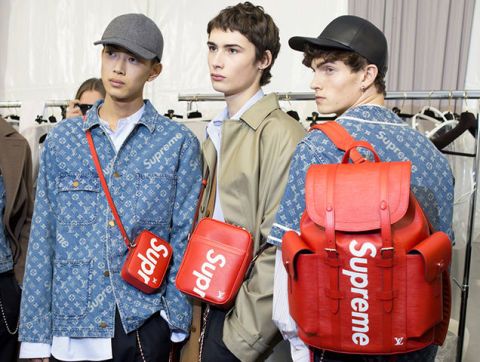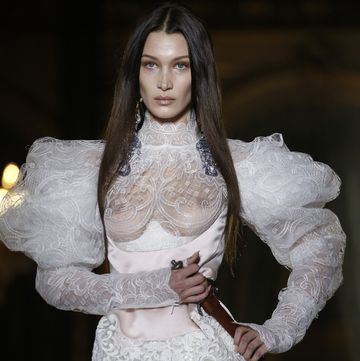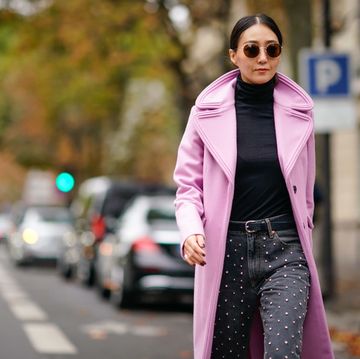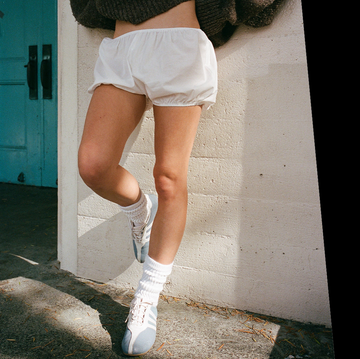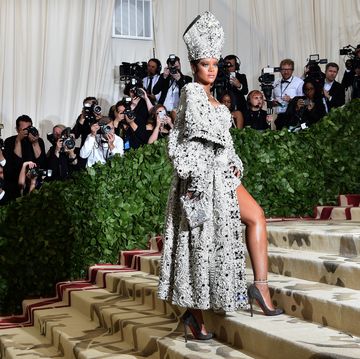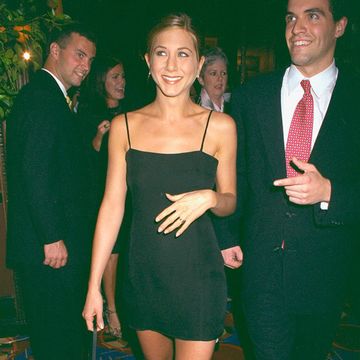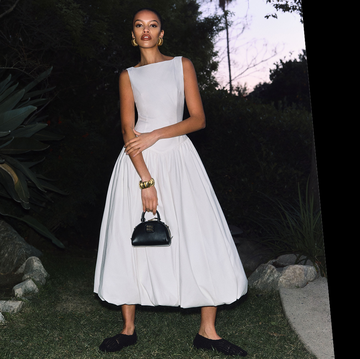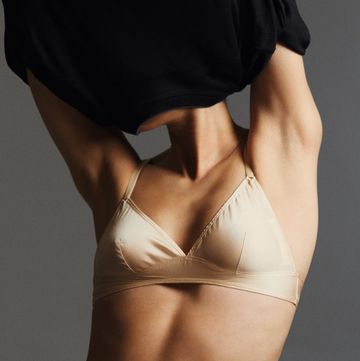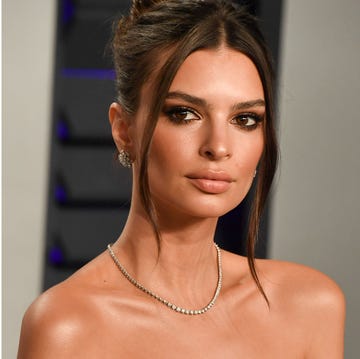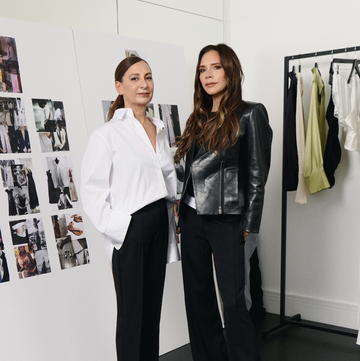Thursday saw the announcement of the 2018 CFDA Award nominees. The list featured all the usual suspects, fashion heavyweights like Raf Simons for Calvin Klein nominated for both the men's and womenswear categories, Marc Jacobs and Tom Ford. All the notable new names were nominated too, with Sander Lak of Sies Marjan and Brother Vellies receiving nods in the Emerging Talent category.
But a humdinger in the mix caused surprise. James Jebbia, the NY-based Brit behind skate wear brand Supreme. A brand whose bread and butter is printed tees and collaborations with other labels, ranging from utilitarian to upmarket, from North Face to Louis Vuitton. Also known for its weekly 'drops' - with collections hitting stores every Thursday, causing queues around the block - rather than following fashion's typical calendar.
[instagram ]https://www.instagram.com/p/BPd18vsjl8t/?hl=en&tak... [/instagram]So what does it say to have Raf Simons, Tom Ford and Thom Browne in the same category as a brand that started life in the streets, printing film graphics on plain white t-shirts (a brand more interested in dressing skate kids than supermodels)?
Supreme is a billion dollar brand, yet maintains cult status. You still haven't 'sold out' to the masses if you're wearing it on a skate deck (an editor at ELLE is perhaps the wrong person to be saying that...), despite the Beckhams and Kardashian-Jenners bringing it to the mainstream's attention. That's savvy business when you bear in mind that it 'sold out' in the traditional sense, reportedly selling a 50% stake to very corporate private equity firm, The Carlyle Group, for $500 million dollars last year.
It's worth noting that Jebbia is the founder of Supreme, rather than its creative director. But that's it, isn't it - the CFDA Award nominations suggesting that a hallmark of 'good design' is actually smart business. Innovating with a business model that makes a brand mass, but maintains exclusivity.
You don't need to know the difference between flou and tailleur to be a 'designer.' Raf Simons, nominated in both the menswear and womenswear categories, had no formal fashion training either (he was trained in design, just the industrial sort). Jebbia's nomination is perhaps the next logical step as we reassess what being a 'creative director' means in 2018.
Perhaps this year's CFDA Award nominees are a sign we're moving away from the snobbery that ring-fences luxury fashion, the kind that makes you feel your references need to be highbrow to be considered a real artiste - a real deal designer.
Jebbia's references are arguably as rich as Miuccia Prada's. Go ahead and contest that, but he too has collaborated with artists with esoteric cult status - 'avant gardes' and art photographers ranging from Marc Jacobs muse Cindy Sherman to controversial Japanese photographer Araki.
Fellow nominee Raf Simons was saying as much, mixing 'high' and 'low brow' references at his AW18 womenswear show for Calvin Klein 205W39NYC (a mouthful, isn't it?). Looney Toons characters against an Andy Warhol backdrop. You can scoff popcorn in a silk mix dress and balaclava, and be seen as engaged with 'high' fashion. You can eat the popcorn off the floor, actually, as editors were doing waiting for the show to start.
So yes, a 't-shirt brand' constitutes fashion in 2018, and the CFDA is making an interesting point in including Supreme in that line-up. There are no barriers to entry, or (fewer) traditional intellectual hierarchies in fashion today. There are more politically engaged designers receiving nods too, such as Kerby Jean-Raymond of Pyer Moss, who screened a film about police brutality and the black community at his AW15 show. So it's an interesting and progressive pool of nominations.
Oh, and they announced the shortlist via Instagram. Just in case you didn't know it was 2018 yet.
